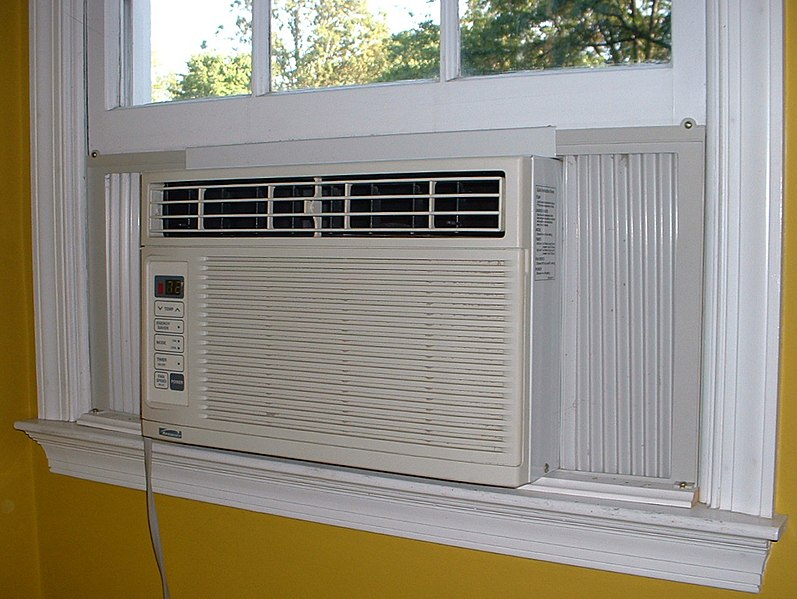
With the urge for fuel efficient or environmentally friendly cars, there has been a greater consideration given by car companies to build their next electric car which has a very low CO2 emission rate. With all the car companies below is a list of cheaper of those cars.
1: Seat Ibiza, 1.4 TDI 80PS Ecomotive, diesel
CO2 (g/km): 99
Price: £11,000
Seat's probably not the first name you think of when it comes to green cars, but this three-door supermini's both cheap to buy and cheap to run.
2: Volkswagen Polo Bluemotion, 1.4 TDI 80PS
CO2: 99
Price: £11,995
This little diesel has all the solid German build quality you'd expect, plus an incredibly economic engine that'll make the man at the garage a distant stranger.
3: Honda Civic Hybrid 1.4 IMA ES
CO2: 109
Price: £16,300
As the cheapest hybrid in the UK, the Honda Civic Hybrid is a good, small family alternative to the Prius -- so long as you can stomach automatic transmission.
4: Renault Megane Sport Hatch 1.5 dCi 86 Expression 3 door
CO2: 117
Price: £13,000
Like Citroen, Renault's one of the unsung French brands which has been doing a huge amount to cut emissions across its range. This small family car is a particularly economic example.
5: Citroen C3 1.6HDi
CO2: 118
Price: £13,000
The Citroen C3 is an efficient, straightforward car with a big boot and not quite enough legroom at the back.
6: Ford Focus ECOnetic 1.6 TDCi
CO2: 115
Price: £15,800
This is a brand new version of Britain's most popular car. It's incredibly fuel-efficient and, if it's similar to the Ford bioethanol Focus we reviewed, will make for a good reliable drive.
7: Renault New Laguna Hatch dCi 110
CO2: 130
Price: £17,100
As it emits 130g of CO2 per kilometre the Laguna is just on the borderline of being a greener option, and it's also on the pricey side. But it has some of the best green creds you'll get for a car of this size.
8: Skoda Fabia Estate1.4 TDI PD 80PS
CO2: 109
Price: £13,100
No more funny jokes about Skodas. This one is big and clever -- not to mention as cheap and green as estate cars come.
9: Peugot 207 SW, 1.6 HDi
CO2: 119-123
Price: £13,900
Another big but green option. According to Autoexpress it's a little dear, but it has everything you could want in an estate.
10: SMART Fortwo Cabrio
CO2: 113
Price: £10,500
With their heavier frames for safety and structure, it's surprising any open-top cars made this list. But we can fully recommend this Smart, since it emits so little CO2 and only costs mite over £10K.
Source: http://www.smartplanet.com/news/transport/10000902/top-10-cheap-green-cars.htm



















